Report this entry
More from the same community-collection
Second Baptist Church - El Paso, Texas
The photograph shows the Second Baptist Church. This building at ...
St George Antiochian Orthodox Church - El Paso, Texas
St. George is a parish of the Antiochian Orthodox Christian ...
Church of Jesus Christ of Latter-Day Saints
The picture shows the Mormon church Church of Jesus Christ of ...
Stained Glass Windows in Juarez Cathedral
The picture shows the colored stained glass window in Juarez ...
Tower of Guadalupe Mission, Juarez
The picture shows the tower of the Our Lady of Guadalupe Mission ...
Remains of First Settlers in Guadalupe Mission
The picture shows the remains of the first settlers in the area, ...
Islamic Center of El Paso, Texas
The image shows the Islamic Center of El Paso. It is situated in ...

















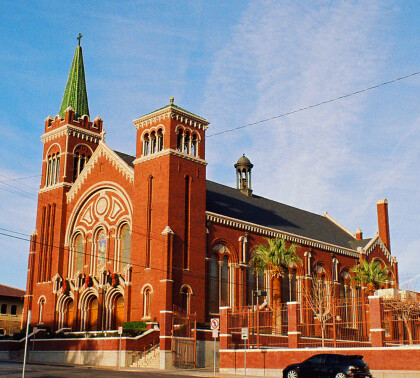
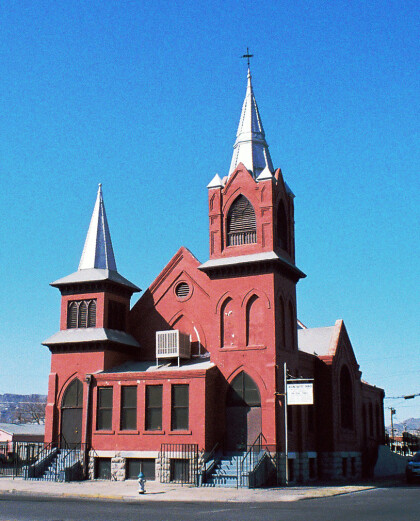
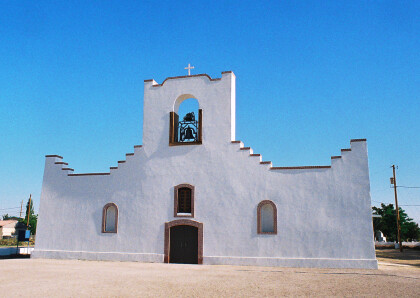
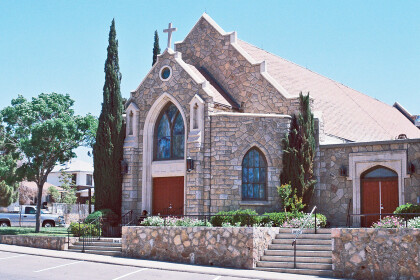
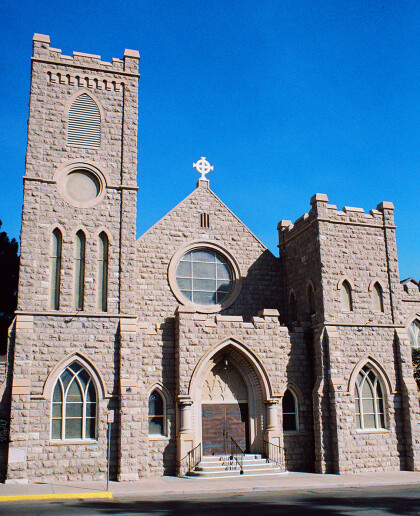
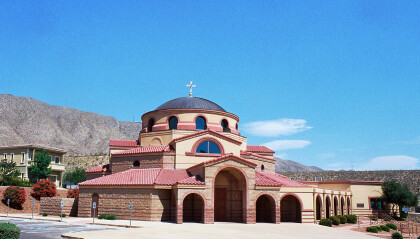
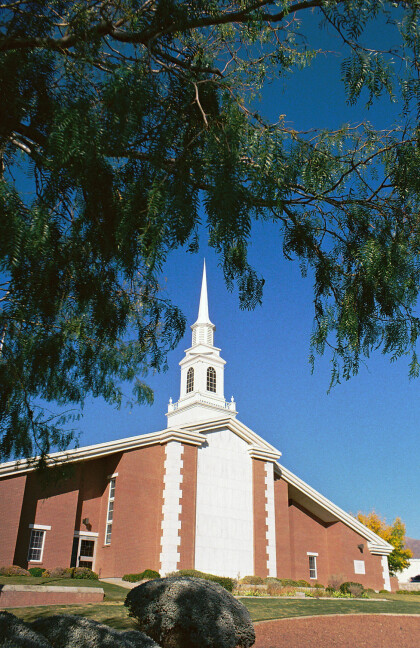
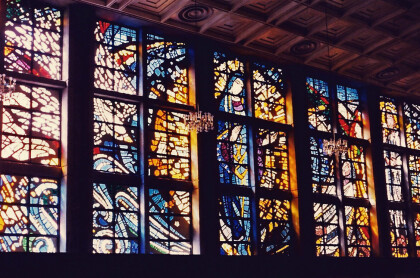
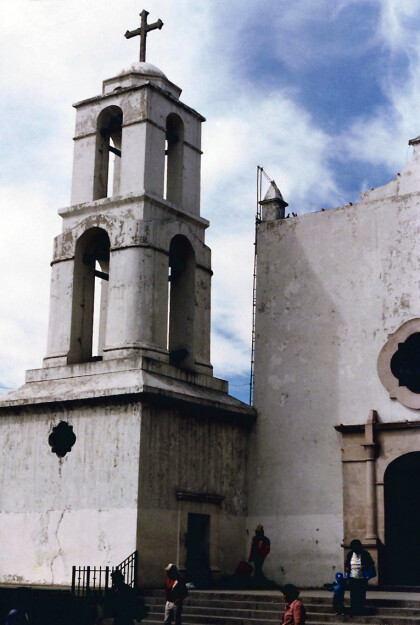
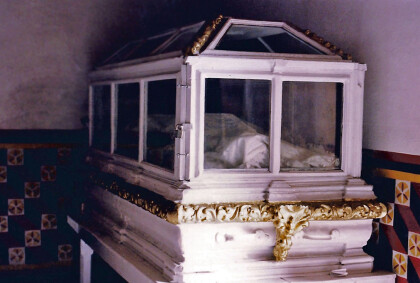
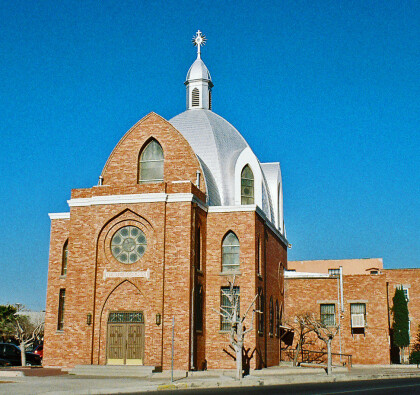
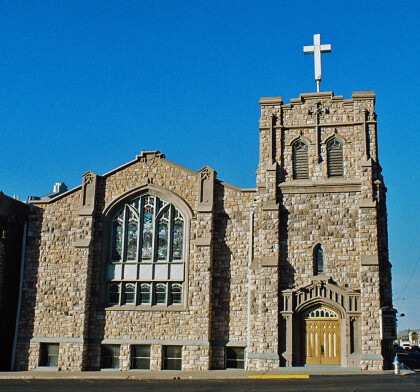
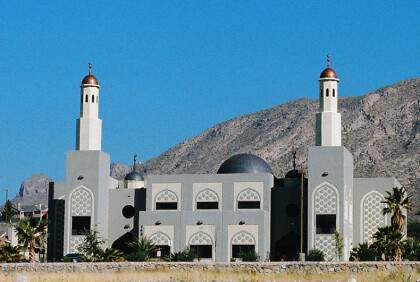
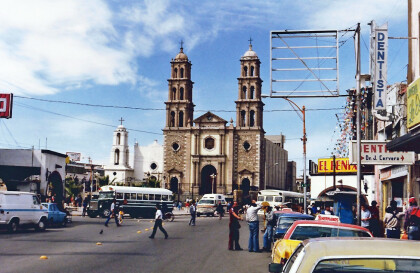
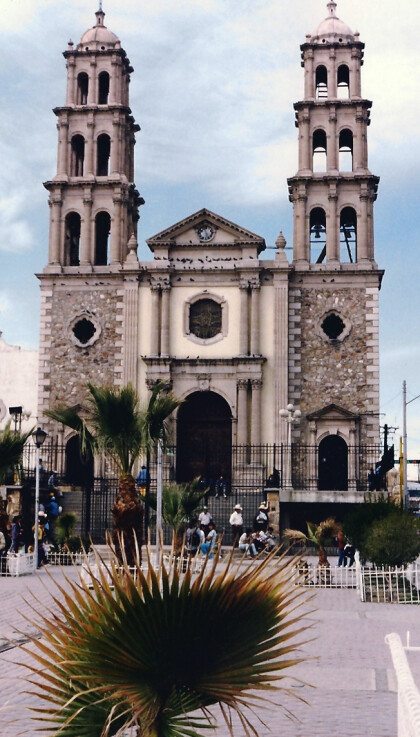
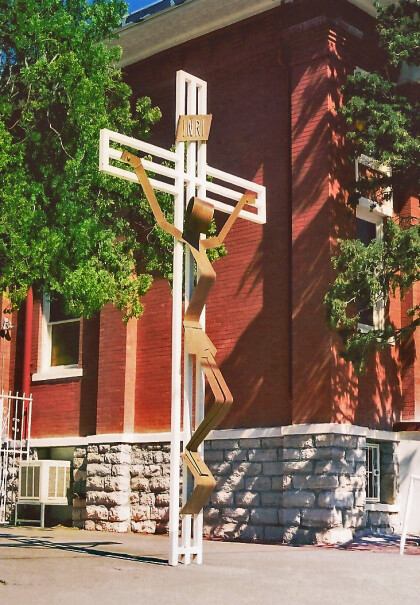
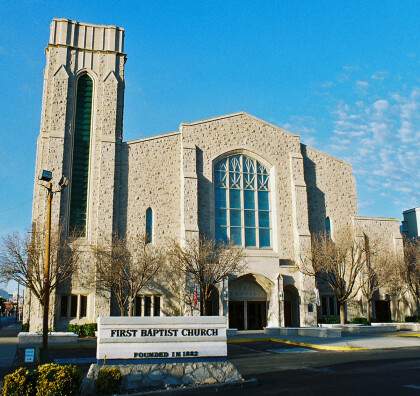
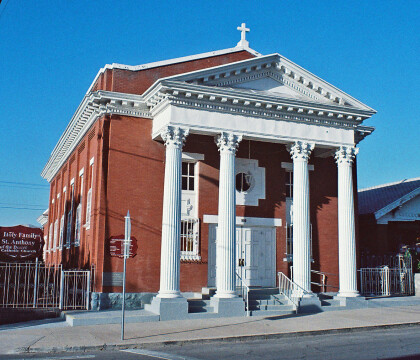
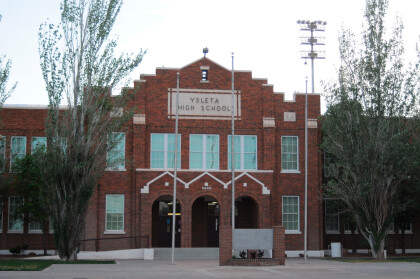
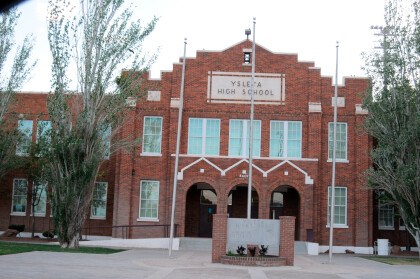
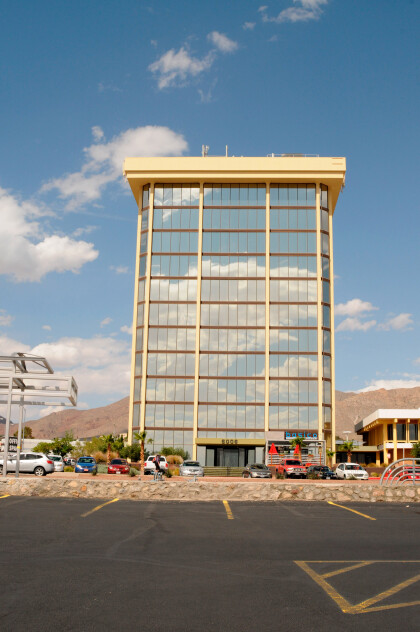
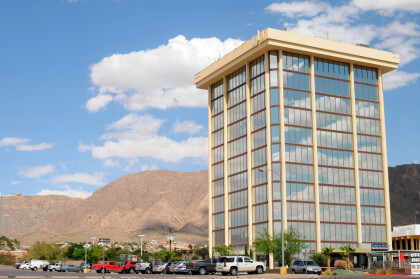
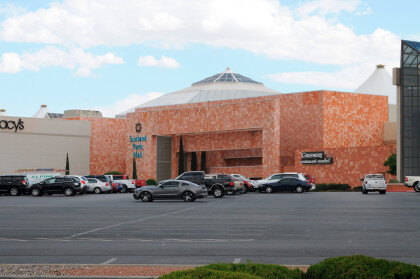
Comments
Add a comment